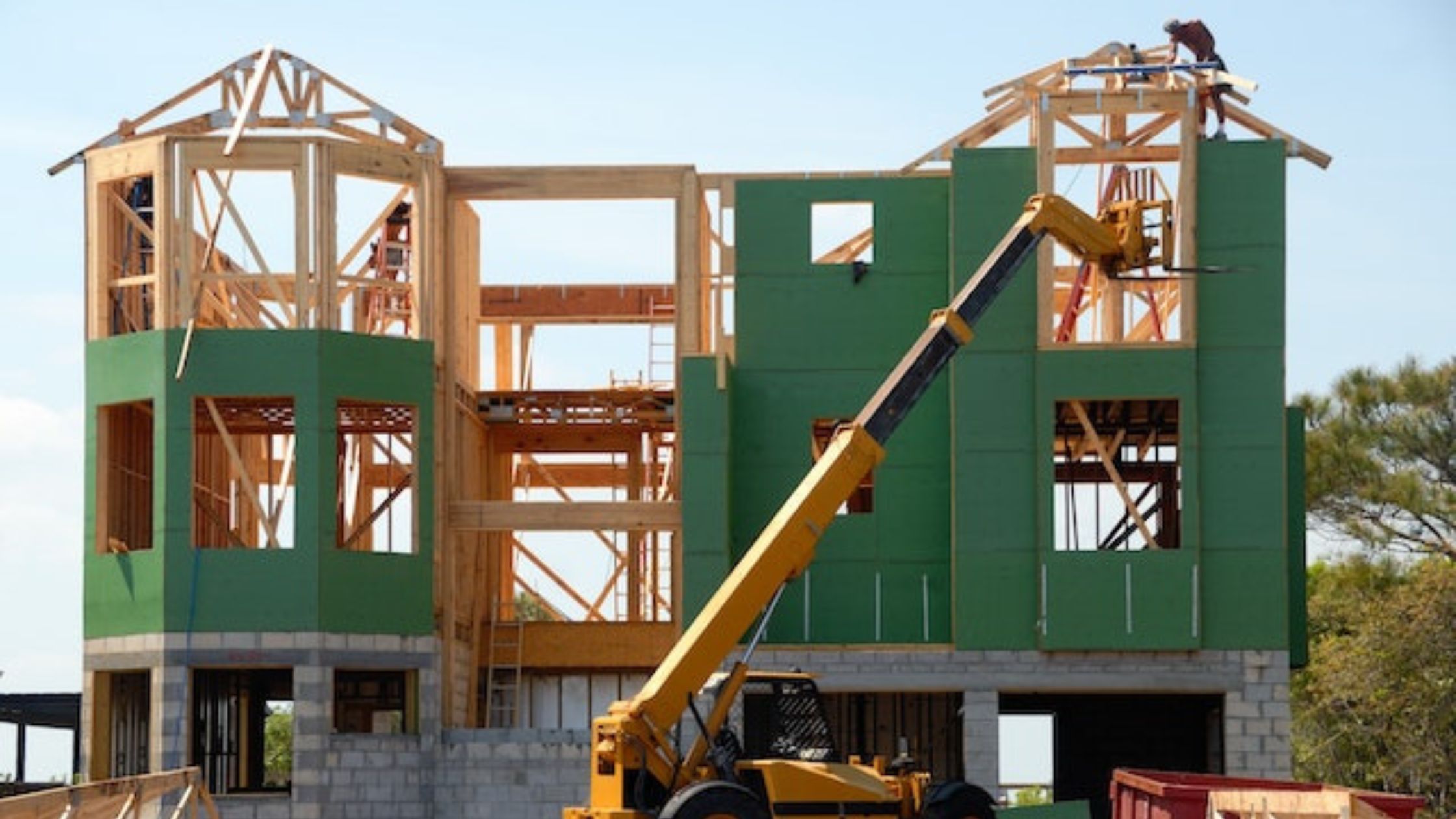The relationship between technology and real estate might seem like a nebulous thing. After all, the complexities associated with buying or selling a house usually mean that the process requires significant interaction with real people rather than a website or app. For instance, first-time buyers might find that most of the legwork is done by agents, including mortgage and real-estate personnel.
Real estate and technology aren’t mutually exclusive things. In fact, there’s a belief among analysts that the latter influences the former by affecting supply and demand. Generally speaking, house prices are set according to mortgage interest rates. This relationship is inverse, i.e. as mortgage interest rates fall, house prices climb, and vice-versa. So, what role could technology possibly play in this exchange?

Mortgage lenders have a significant presence on the internet. However, many of these exist in a bit of a vacuum, creating and selling their own products to a captive audience. Comparison sites and brokers also operate in this environment, albeit to forge relationships between lenders and buyers. This kind of business may serve as a source of reference material for newcomers as well.
In the UK, for example, the mortgage broker Trussle has an entire section of its website dedicated to house prices, including predictions, regional values, and current averages. The source indicates that house prices across the country average £277,000, an increase of £27,000 from twelve months ago. In the USA, the average cost of a house is $428,700. This figure has ballooned by almost $100,000 in just two years.
Buyer Confidence
So, overall, the cost of getting on the property ladder is high but does this actually have anything to do with technology? Firstly, ignoring the interest rates we mentioned earlier, the main driver of escalating house prices in the UK is the fact that there aren’t enough houses to go around all the buyers. Much the same is true in the States but American buyers are also at the mercy of zoning laws, which restrict population density.

Technology plays a rather strange role in all of this. In an ideal world, house prices should be falling because estate agents and mortgage brokers simply have less to do, thanks to the internet. Forbes notes that even something as innocuous as a digital signature, i.e. a form that can be signed online, can strip entire days from the lending process. It reduces travel costs, employee expenditure, the need for secondary offices, and so forth.
None of that is happening, and house prices continue to soar. Ironica lly, it’s the increased access to information that buyers have today that is behind all this trouble. There are simply more people out there with the knowledge and confidence to approach the property market, which brings us right back around to a point mentioned earlier – the demand is greater than the supply. Technology is therefore a mixed blessing for prospective homeowners.
For UK buyers, there’s a potential ray of sunshine in the gloom. Demand seems to be falling, which may eventually force a correction in house prices. Across the Atlantic though, analysts are predicting up to a 12.5% rise in the same metric. Americans looking for a property to buy could be in for another gloomy winter.
